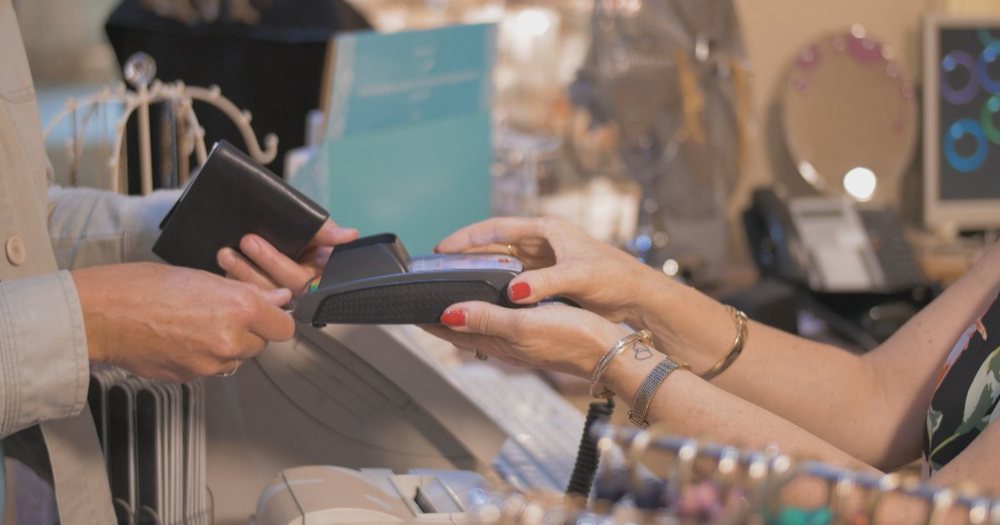
Bank card payments recorded strong growth again last year and reached historic highs in terms of number and value of transactions. According to statistics from the Bank of Albania, during 2024, card payments at POS terminals (electronic points of sale) reached almost 19.6 million, with an increase of 35% compared to the previous year.
Compared to 2020, the period after which the cycle of rapid tourism growth began, the number of card payments has increased by 237%. In terms of transaction value, card payments last year reached 83.3 billion lek, 30% more compared to 2023 and 227% compared to 2020.
In 2024, the volume of payments at POS terminals accounted for 16% of the total value of card transactions, up from 14.5% the previous year. Card payments in recent years have been driven in particular by the increase in the number of foreign tourists. The demand from foreign tourists to pay by card has prompted a greater number of businesses to accept payments with these instruments.
According to data from the Bank of Albania, the number of POS terminals accepting card payments at the end of last year reached a record figure of 24,470, an increase of 27.6% compared to the previous year.
While compared to 2020, the number of POS terminals has doubled. However, POS penetration still remains low. According to INSTAT, last year, Albania had approximately 132 thousand active businesses (excluding farmers). Based on this number, it can be calculated that the number of POS terminals was approximately 18.5% of the number of active businesses.
But even this figure does not indicate the level of POS penetration, because a good part of them is concentrated in large retail companies that have an extensive network of stores.
Ms. Huta says that there is a growing effort by banks to increase the number of POS devices, also in collaboration with global operators, such as Mastercard, which is running a campaign for this purpose this year.
"Where we have major deficiencies are taxis, while POS are being added to stores, hotels, and restaurants."
The campaign undertaken this year in collaboration with Mastercard is yielding results, while we hope that next year, Visa will also join this initiative. So, we must be convinced that the right alternative is not the ATM, but the transition to electronic payments. Here we are not only fighting costs, but at the same time we are also fighting informality and the cash economy", - she says.
Last year, the number of active bank cards issued by the Albanian banking sector reached 1.51 million, up 5.6% compared to the previous year. The number of debit cards reached 1.32 million, up 6.7% year-on-year. This product remains dominant and accounts for almost 88% of the total number of bank cards. The debit card is a basic payment instrument, linked to the current accounts of businesses and individuals.
Meanwhile, last year saw a decline in the credit card segment. At the end of last year, the banking sector reported just over 113 thousand active credit cards, with an annual decline of 5.3%. Although it has been a widely used instrument in developed economies for decades, in Albania the figures show that the credit card has not managed to gain very large usage.
The poor penetration of this product may be particularly related to the fact that the Albanian economy has a high level of use of physical money as an instrument for economic transactions, while the credit card is an instrument mainly associated with non-cash payments./Monitor.al






















